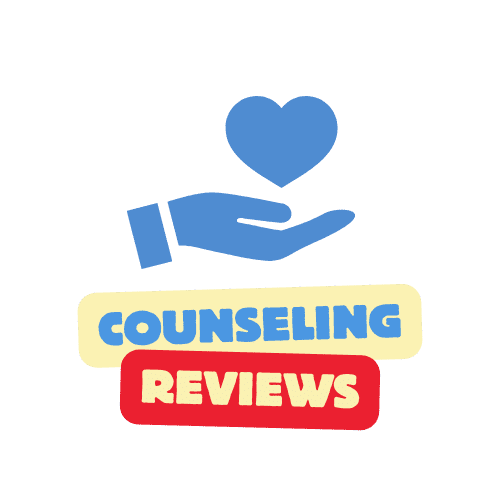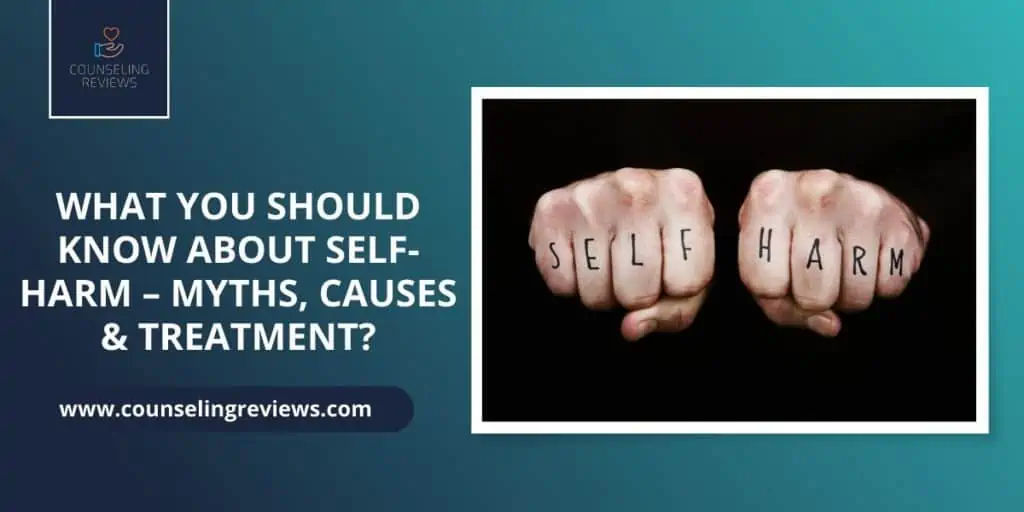Dealing with painful memories, difficult situations, or challenging experiences can take a severe toll on anyone. Most often, it becomes difficult to handle this struggle, and some individuals respond to these situations by deliberately hurting themselves, described as self-harming behavior.
Some look at self-harm as a way to maintain a sense of control, ease overwhelming emotions, punish themselves for having negative thoughts or escape memories of traumatic events.
Today, self-harm is more common than many realize. But, unfortunately, we live in a society where there’s still a great deal of stigma attached to self-harm; those who need help tend to feel isolated.
This guide will help you understand what self-harm is, why do people self-harm, and much more. So, let’s begin.
What is Self-Harm?
Self-harm means that you harm yourself on purpose. Although it is not a mental health problem, it’s often linked to mental distress. It serves as a coping mechanism for complicated feelings, thoughts, or situations.
Self-harm could take different forms, including branding, cutting, or burning the skin; non-lethal drug overdose; deliberately preventing injuries from healing or hitting the body against hard surfaces. It could also involve other ways to put yourself in danger, like binge drinking or reckless driving.
Self-harm often starts with an individual hurting themselves to ease the pressure from distressing thoughts or feelings. Feelings of guilt or shame usually follow self-harm, which can lead to a continuous pattern. Unfortunately, many people keep it a secret.
They don’t discuss it and suffer alone and in silence, believing that self-harm is unusual or rare behavior, but it’s pretty common, especially in young adults.
Why do people self-harm?
There is no single reason for self-harm. Everyone faces different triggering and challenging experiences. Although some might choose to manage these situations by talking to a friend, family member, or therapist about them, other people find it difficult to precise their emotions, bottling them up until the pain becomes overwhelming.
If you have such difficult situations, talking to someone you trust or a mental health professional can help you develop better coping strategies for the pain you’re experiencing with.
Who is at more risk of self-harming behavior?
Although self-harm can affect anyone, some people are at more risk than others due to specific correlating indicators. For example, some go through several life events that make them more likely to self-injure, such as physical, sexual, or emotional abuse; dealing with social isolation; living in a toxic environment; experiencing a bullying identity crisis, or struggling with low self-esteem.
It is not a diagnosable mental illness, but it could sign an underlying mental health condition. Many diseases are linked to self-harm, such as depresses, borderline personality disorder, eating disorders, post-traumatic stress disorder, or anxiety.
Additionally, the misuse of alcohol or use of drugs and negative peer influence can also put an individual in danger of harming themselves intentionally.
Myths related to self-harm
People have attached so many myths to self-harm. But it is not surprising because myths and misconceptions often arise when a problem like self-harm is poorly understood. And we know that harmful stereotypes can be powerful.
They need to be handled because they stop people from talking about their issues and asking for help. These myths also mean that family, friends, and professionals can misunderstand people who self-harm.
Myth 01: Self-harm is attention-seeking
It is the most common and famous stereotype is that self-harm is about attention-seeking. But in reality, this is not the case. Most of the time, people who self-harm don’t talk to anyone about what they’re going through for quite a long time, and it can be difficult for them to find enough courage to ask for help.
Myth 02: Only girls self-harm
It is assumed that girls are more likely than boys to self-harm. However, it isn’t true. Girls and boys may engage in different self-harming behaviors or have various reasons for hurting themselves, but this does not make it any less severe.
Myth 03: Self-harm is a goth thing
Many people see it as part of youth subcultures such as “goth” or “emo.” But actually, there is no conclusive evidence of this, with little or no evidence supporting this stereotype that self-harm is part of any particular young person subculture.
Myth 04: People who self-harm must enjoy it
There is a misconception that individuals who self-harm take pleasure in the pain or risk associated with the behavior. But till now, no research proved that people who self-harm feel pain differently than anyone else. This behavior often causes people great pain. For some people, being depressed has left them numb, and they want to feel anything that can remind them they’re alive, even if it hurts. Others have described this pain as punishment.
Myth 05: People who self-harm are suicidal
Most often, self-harm is viewed as a suicide attempt by people who do not understand it. For some, it is about trying to cope with complicated feelings, thoughts, and circumstances. Others describe it as a way of staying alive and surviving these difficulties. However, many people who self-harm can feel suicidal and might attempt to take their lives, which must always be taken seriously.
Treatment for Self-Harm
Self-harm can lead to different issues, such as fatal injuries, infection from wounds, permanent scars, or other serious psychological state problems. Reaching out for help quickly can prevent these more profound complications. In addition, some treatment options can allow a person to build new coping mechanisms for their thoughts and emotions.
The first option is to opt for talking therapies such as cognitive-behavioral therapy (CBT). It focuses on building coping strategies and problem-solving skills and has proven to be very effective in helping to reduce self-harm.
Other forms of counseling, such as psychodynamic therapy, are also available. It will help you identify the problems that are causing you distress and leading you to self-harm. But it is always better to talk to a trusted health professional who will help you decide the best treatment option for you.
Summary
Whether someone opens up to you about their self-harm, or you approach someone you’re worried about, you must respond in a non-judgmental and respectful way. We know it can be challenging for anyone to see someone in distress, and it can also be difficult to understand why someone would hurt themselves. However, you should see the person and the reasons they have harmed themselves rather than focusing on the behaviors.





